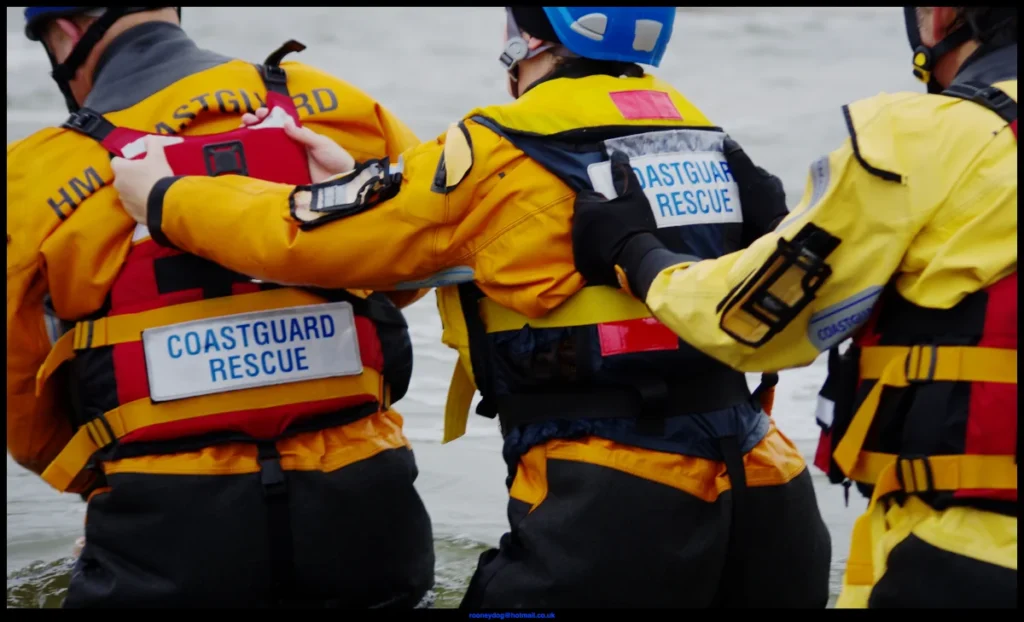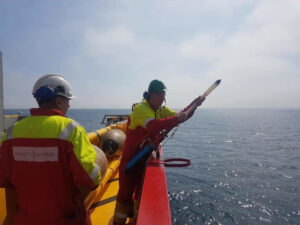
When traditional rescue boats cannot reach an injured person, due to distance or the high risk situations, it may be necessary to use non-traditional transport options. In this case, helicopters provide an outstanding rescue tool. However the use of helicopters at zones inaccessible by other means can represent a danger. The helicopter plays a significant role in saving lives during SAR and response tasks, it enables rescuers to cover a large geographical area quickly, greatly increasing the vision of the area.
Extreme weather conditions can lead to disasters, in these cases action is required to provide relief as quickly and effectively as possible. Delaying actions can cause serious consequences to the life. However poor visibility, high winds, can cause crew hazards, damage equipment, and lead to accidents. Harsh weather may preclude helicopter use. Under these circumstances maritime transport is usually the only option.
The helicopter represents an effective solution, if quickly deployed during an emergency, they are able to reach inaccessible areas in a short time. These aircraft used in emergency situations are equipped with special tools and devices such as thermal imaging equipment, advanced touch screen GPS, FLIR (Forward Looking Infrared) camera, DMS (Digital Mapping System), DVS (Doppler Velocity Sensor), Doppler RADAR and 3 or 4 axis configuration autopilot which can help make the task much more efficient. New technologies support SAR tasks and they can make things safer.
Helicopters play a crucial role in coastal safety and in identifying emergencies at sea. In the UK, emergencies are managed by the Bristow company which provides a dedicated helicopter search and rescue service to Her Majesty’s Coastguard through the provision of helicopters operating from 10 strategically located helicopter bases around the UK, responding to incidents overland, around the coast and at sea.
Cover image: Gerry Wood
Read more in the digital JP Mag – JPmag – May 2022
Paolo Mazzone
SubEng – HSE Adviser

